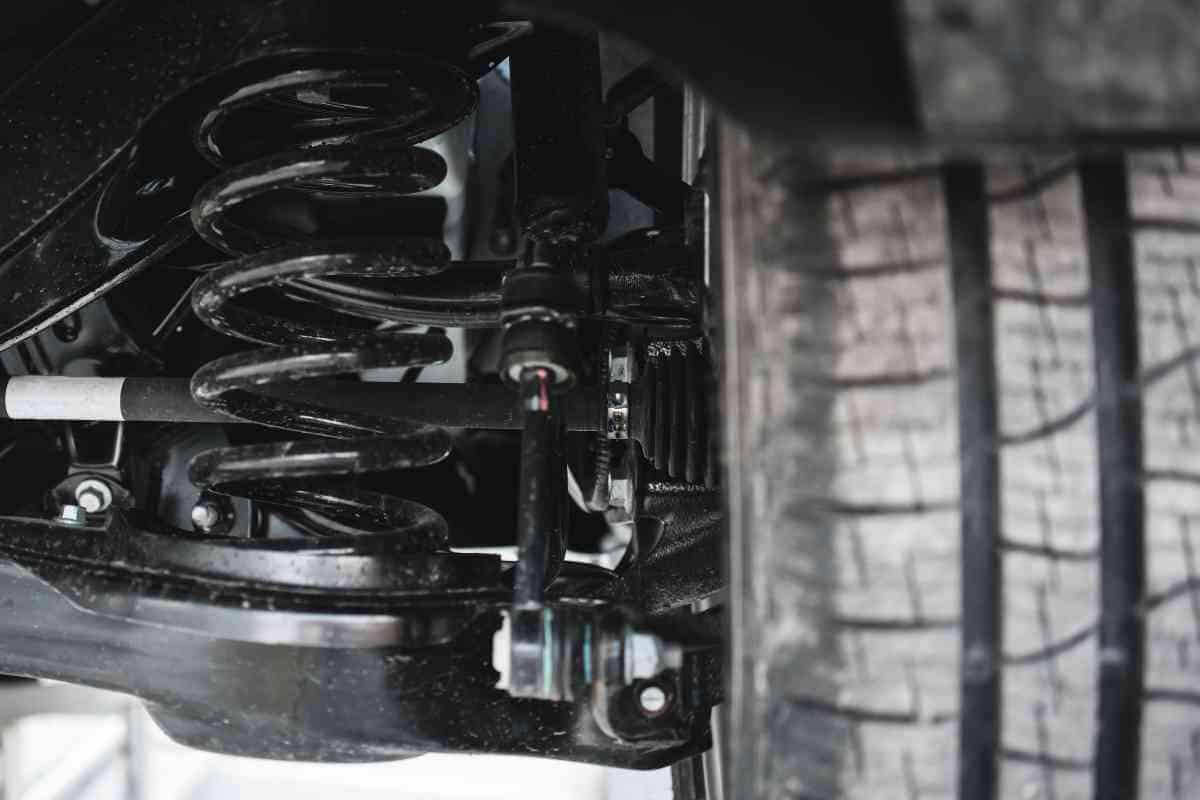

Car suspension systems are masterpieces of engineering, adeptly balancing comfort and control, making every journey smoother by expertly handling bumps, potholes, and uneven roads. As passionate automotive enthusiasts, we’ve delved deep into the workings of these systems, understanding how they ensure tire contact with the road, thus providing the stability and handling essential for a safe and comfortable ride. Related Post! A Basic Guide To Vehicle Transmission Systems
A car’s suspension system works by connecting the vehicle to its wheels, utilizing springs and dampers (shock absorbers) to absorb road bumps and maintain tire contact with the road. This ensures smooth ride comfort and effective handling by dampening the energy from road irregularities and stabilizing the car’s movements.
Through our journey, we’ve discovered that suspensions are far more complex than just shock absorbers and springs; they’re the cornerstone of a car’s ride quality and performance. Our journey has also deepened our understanding of the diverse suspension components, from the leaf springs of vintage pickups to the coil springs of contemporary sedans. This knowledge, coupled with an awareness of the evolution in design, fuels our desire to share insights, blending historical context with actionable maintenance advice to enhance every driver’s understanding of their vehicle’s suspension system.
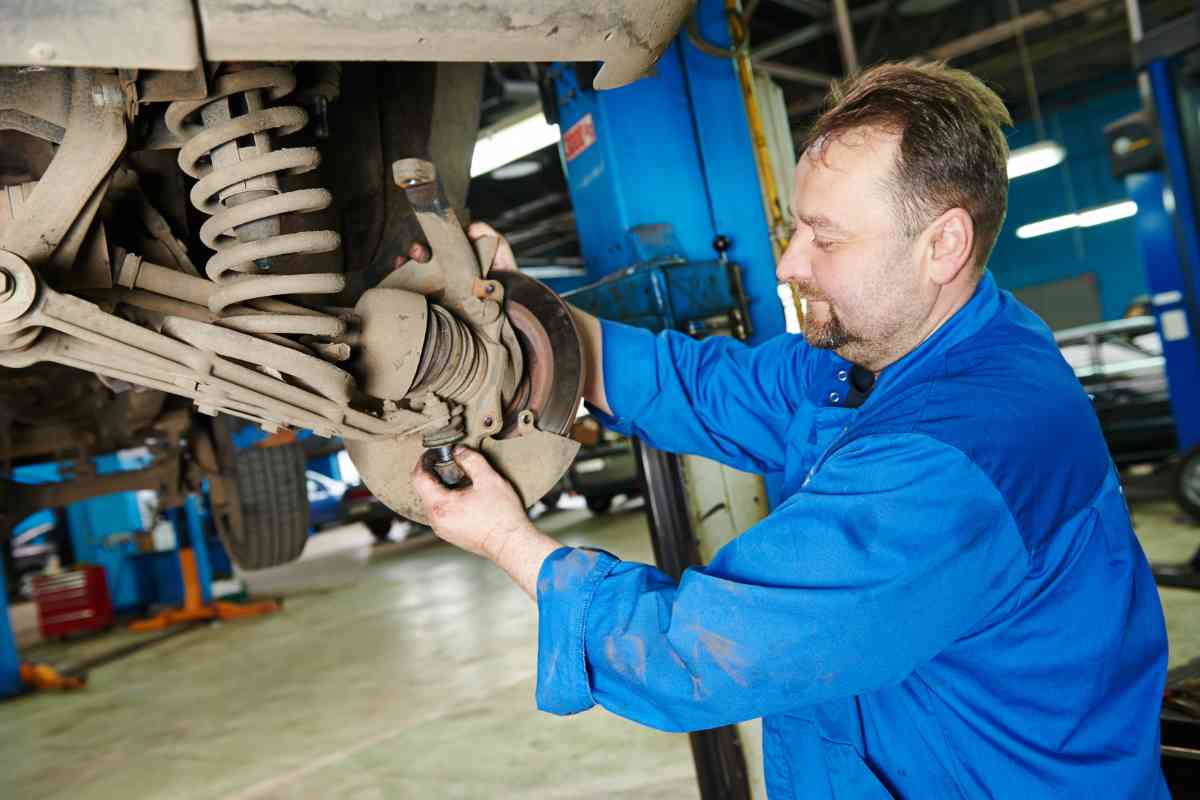
The car suspension system is the link between the vehicle and its wheels, facilitating motion and playing a pivotal role in ride comfort and handling.
The primary function of the car suspension is to maintain constant tire road contact and absorb the energy from road irregularities, ensuring smooth travel. A compromised suspension system directly affects ride comfort, vehicle safety, and handling capabilities.
At the heart of the suspension system lie springs and shock absorbers (or struts), which cushion and dampen the ride, respectively. Other vital components include control arms, bushings, ball joints, and sway bars, all working in concert to support smooth and stable vehicle dynamics.
Car suspensions vary widely, from MacPherson struts to double-wishbone setups, commonly found at the vehicle’s front, to multi-link suspensions at the rear, enhancing handling. Each system is designed to balance handling, cost, and space efficiency, significantly influencing the vehicle’s overall performance. Related Post! What’s Symmetrical AWD?
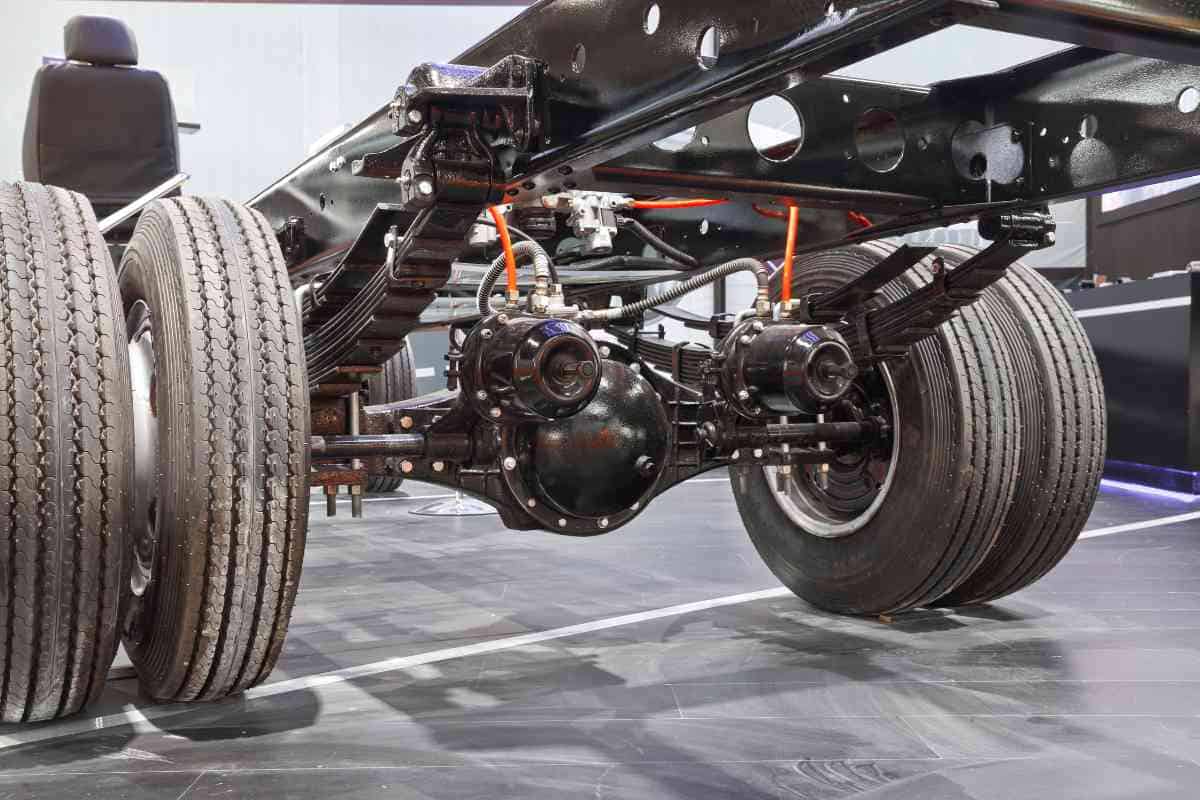
Car suspensions play a pivotal role in ensuring a smooth ride and adept handling, crucial for maintaining road contact and absorbing shocks. Delving into the scientific principles and practical aspects of this essential system reveals its significance.
The essence of a car’s suspension system lies in a sophisticated blend of physics and engineering. Springs and dampers are the core components. Springs manage energy by compressing and slowly releasing it, which keeps the tires grounded. Dampers, or shock absorbers, regulate the energy released by the springs, preventing endless bouncing post-impact by converting kinetic energy into heat, dissipated by hydraulic fluid. Suspension designs have evolved, with options like MacPherson struts or multi-link setups catering to various vehicle needs. The appropriate suspension configuration can significantly influence tire longevity, ride comfort, and vehicle dynamics. A well-maintained suspension system can rejuvenate an older car, making it feel contemporary.
On the road, the suspension system is tirelessly at work. Traversing a bumpy path, it adjusts the wheel’s position in response to irregularities, optimizing tire-ground contact, ensuring traction, and facilitating responsive steering. Cars equipped with independent suspension systems offer superior handling by allowing each wheel to move separately, enhancing comfort on uneven terrains. During cornering, the suspension system counteracts body roll to prevent tire lift-off, maintaining stability. Suspension’s anti-dive and anti-squat functionalities are critical during acceleration and braking, maintaining balance and control. Proper suspension upkeep not only augments comfort but also guards against premature wear of vital components. Related Post! The Ultimate Car Maintenance Checklist

Despite its durability, the suspension system is not immune to issues arising from wear, impact, or neglect.
Early detection and intervention can maintain ride smoothness and ensure safety. A compromised suspension not only affects comfort but also jeopardizes vehicle stability and control.
Maintaining a smooth ride and ensuring vehicle safety necessitates regular upkeep of the car’s suspension system. This involves attentive care to the components that mitigate road imperfections, ensuring they’re functioning optimally.

Beginning with fundamental checks and replacements of worn or damaged suspension parts is essential for preserving the system’s integrity. Here’s what to focus on:
Even seasoned car enthusiasts recognize the importance of professional evaluations. Consider these professional services:
Adhering to these maintenance practices will prolong your suspension system’s lifespan and enhance vehicle performance. A well-maintained suspension is crucial for both comfort and safety.
Looking to elevate your vehicle’s ride quality and performance? Upgrading the suspension system is a strategic choice. Consider these enhancements:
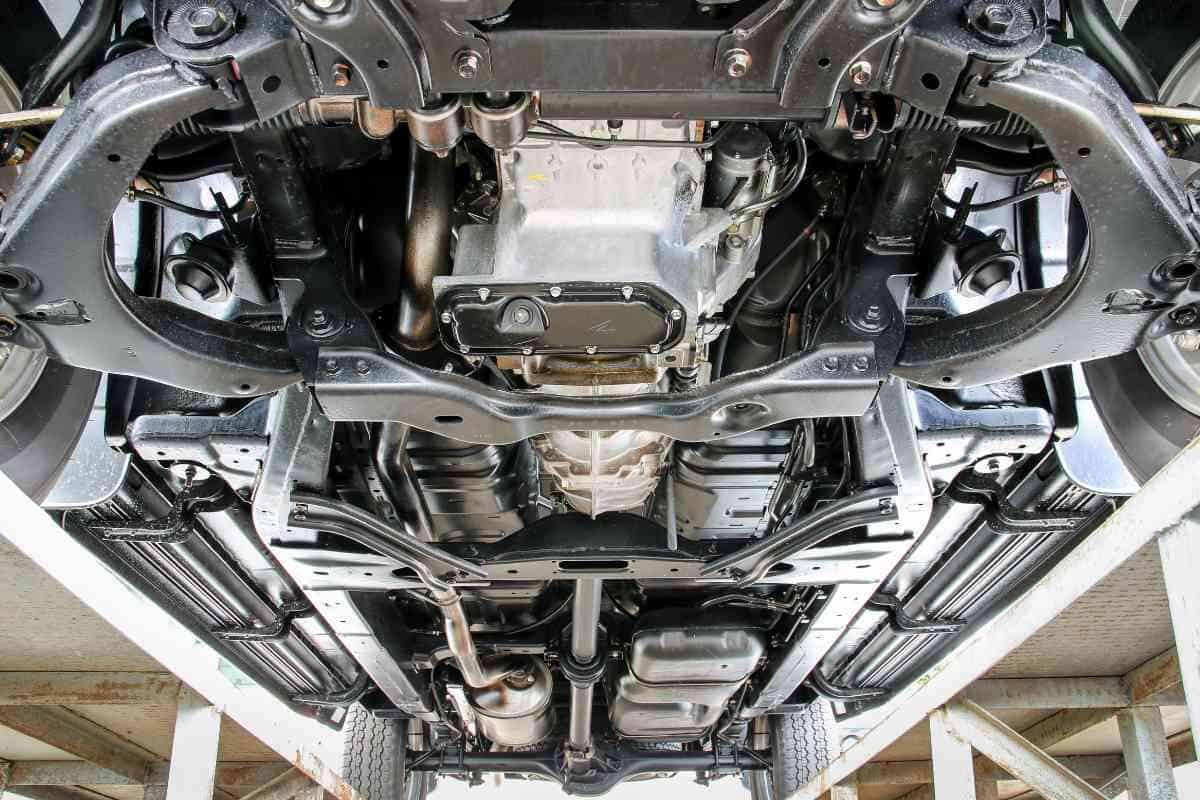
Choosing between aftermarket and OEM parts involves weighing cost, quality, and performance benefits. Aftermarket parts offer diverse options at different price points, potentially surpassing OEM parts in performance for those seeking enhanced driving experiences or customization.
Conversely, OEM parts provide assured quality and vehicle compatibility, replicating the parts your vehicle was initially equipped with. While they might be more costly, they don’t always offer the performance boosts seen with some aftermarket options. Thorough research, guided by resources like UTI’s insights on suspension systems or Edmunds’ tips on suspension improvements, can inform your decision.
Deciding between aftermarket and OEM depends on your objectives: aftermarket for performance and customization, OEM for assured compatibility and durability. Consultation with trusted mechanics or car enthusiasts can offer valuable guidance in making the best choice for your vehicle.
When we think about what keeps us safe on the road, the suspension system plays a pivotal role often underestimated. Its primary job is to ensure the tires maintain contact with the road, contributing to effective handling and stability.
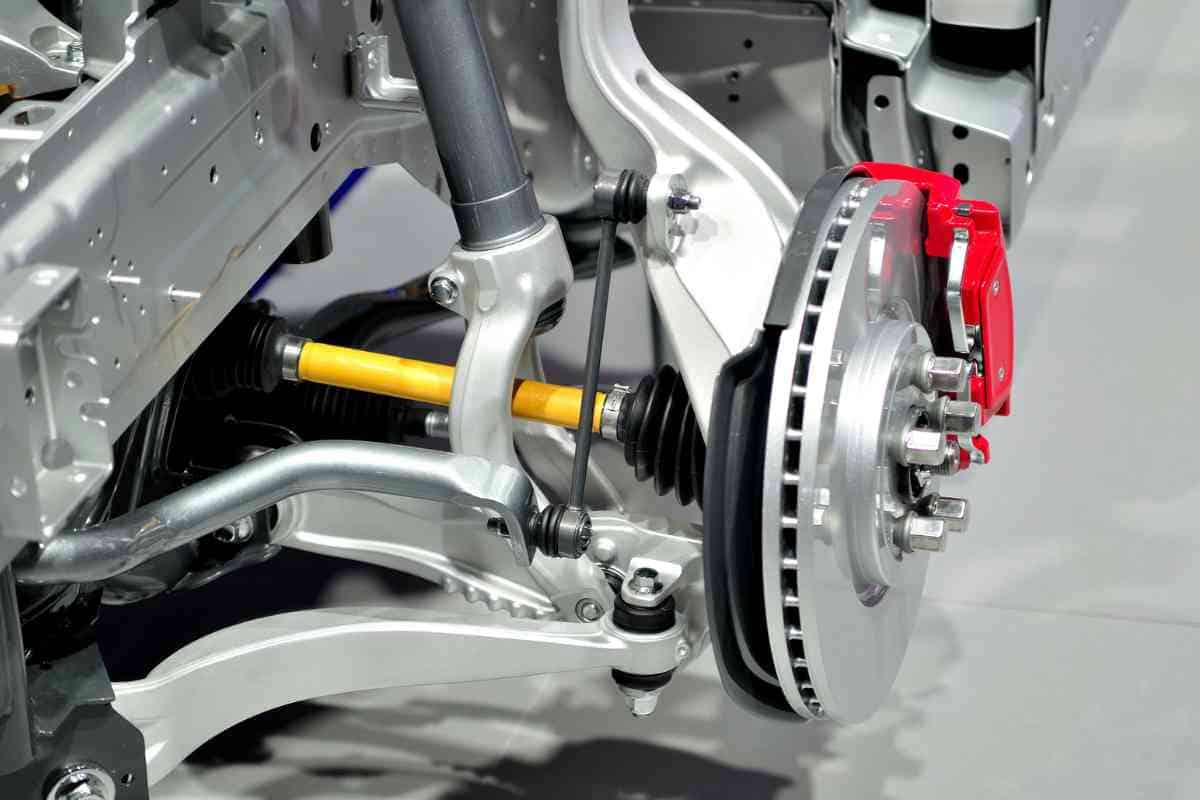
Properly functioning suspension keeps a vehicle stable during various maneuvers such as turning, accelerating, and braking. When we corner a turn or come to a stop, it’s the suspension that absorbs much of the energy, preventing the car from rolling or losing control. I’ve found that the difference between a car with a well-maintained suspension system and one without is like night and day in terms of safety.
Airbags and seatbelts are safety features we often think of first, but the suspension system is an unsung hero in this arena. For example, during an emergency maneuver, a car’s ability to stay upright and not tip over is largely due to the suspension system’s condition. Maintaining items like shock absorbers and struts isn’t just about a smooth ride – it’s about ensuring these components can do their job in critical moments to keep us safe.